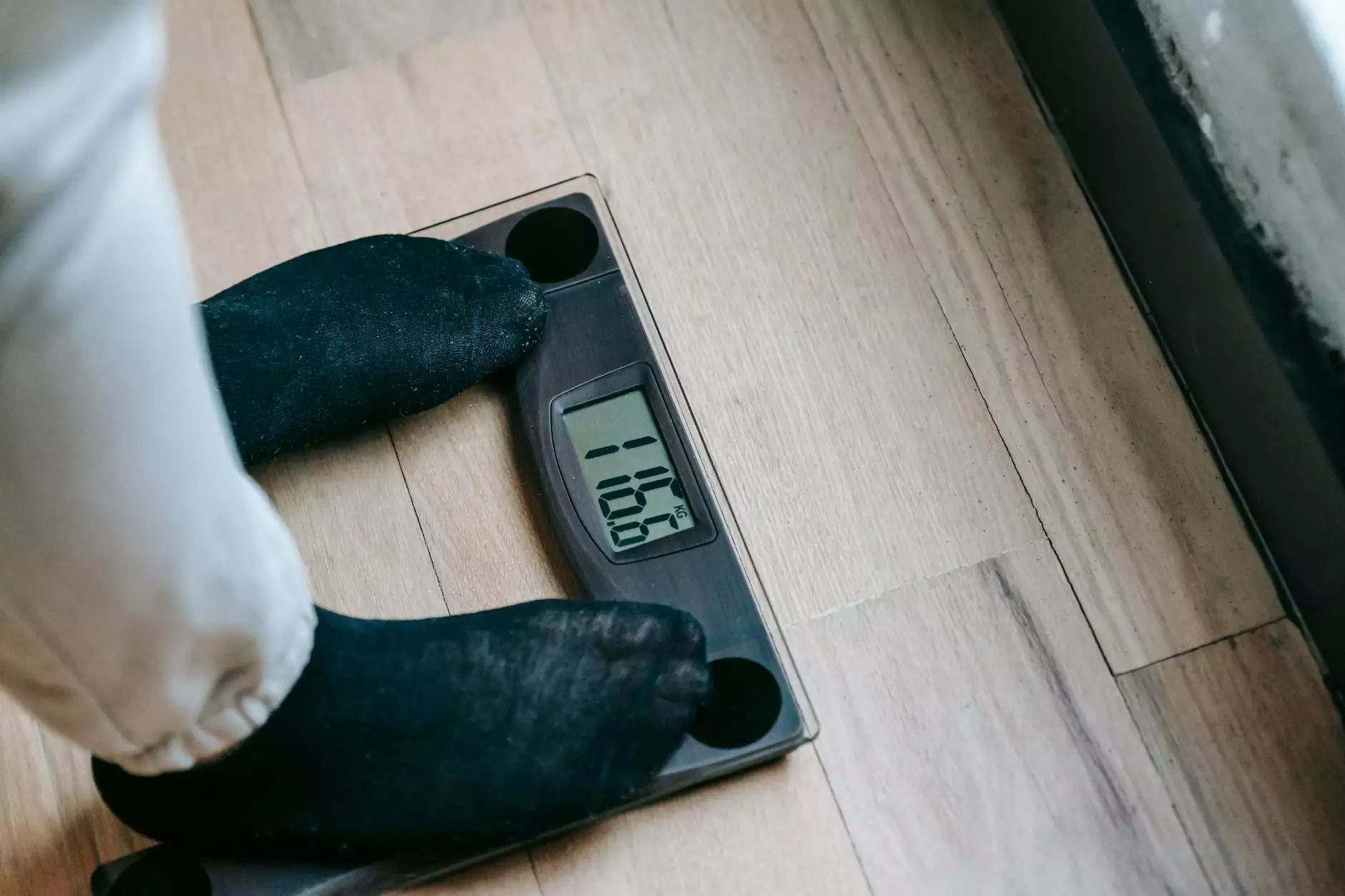Prototype Injection Mold: Revolutionizing the Manufacturing Process

In the world of manufacturing, innovation is key to staying ahead of the competition. This is particularly true in the realm of metal fabrication, where advancements can drastically enhance efficiency and precision. One such advancement that has taken the industry by storm is the use of prototype injection molds. This article delves into what prototype injection molds are, their benefits, the process of creating them, and their applications across various industries.
What is a Prototype Injection Mold?
A prototype injection mold is a custom tooling solution designed to produce a limited number of plastic parts or components quickly and cost-effectively. These molds are primarily used for testing and validating design concepts before committing to full-scale production. Prototype molds are typically made from materials like aluminum or steel and are crucial for organizations aiming to refine their production processes.
The Importance of Prototype Injection Molds in Manufacturing
The manufacturing landscape is increasingly focused on speed, accuracy, and cost-effectiveness. Prototype injection molds address these needs in several crucial ways:
- Cost Efficiency: Prototype molds are less expensive to produce compared to full production molds. This allows businesses to save significant amounts on initial development costs.
- Rapid Prototyping: They enable rapid prototyping, allowing businesses to test their designs in real-world applications within a short time frame.
- Design Validation: Before investing in expensive production molds, companies can validate their designs, ensuring they meet specifications and are market-ready.
- Flexibility: Changes to the design can be easily made during the prototyping phase, which is more challenging with permanent molds.
How Prototype Injection Molds Work
The process of creating a prototype injection mold involves several key steps:
1. Design Phase
The first step is to create a 3D model of the product using computer-aided design (CAD) software. This model serves as the foundation for the mold design. The design needs to account for various factors, including the material properties, the amount of material needed, and the part’s geometry.
2. Mold Construction
Once the design is finalized, the next step is constructing the prototype injection mold. This typically involves:
- Material Selection: The choice of materials for the mold is crucial. Aluminum is a common choice for prototype molds due to its workability and cost-effectiveness.
- Milling and Machining: The mold is created using CNC milling processes that carve out the mold's cavities and cores with extreme precision.
3. Injection Molding Process
After the mold is created, the actual injection molding process begins. Here’s how it works:
- The chosen material, often thermoplastic, is heated until it melts and then injected into the mold cavity.
- Once the material fills the mold, it is cooled to solidify and take on the shape of the mold.
- After cooling, the mold is opened, and the prototype part is ejected. This part can now be tested for fit, function, and aesthetics.
Benefits of Using Prototype Injection Molds
Employing prototype injection molds comes with numerous advantages for businesses:
1. Reducing Time to Market
In today’s fast-paced business environment, being the first to market can provide a competitive edge. Prototype injection molds allow companies to accelerate their product development cycles by facilitating rapid iterations and adjustments.
2. Enhanced Product Quality
By enabling thorough testing of prototypes, businesses can identify design flaws early in the development process. This leads to a significant reduction in costly downstream changes and recalls, resulting in higher product quality.
3. Affordable Testing Mechanism
The ability to produce prototypes affordably means that companies can test multiple designs without breaking the bank. This encourages creativity and risk-taking in the design process.
4. Easy Iteration
When adjustments are needed, modifying a prototype injection mold is generally much simpler and less expensive than altering production molds. This adaptability means businesses can efficiently manage changes throughout the development cycle.
Applications of Prototype Injection Molds Across Industries
Prototype injection molds serve a diverse array of industries, providing tailored solutions for their unique challenges. Some key sectors include:
1. Automotive Industry
The automotive sector continually seeks innovative components to enhance vehicle performance and aesthetics. Prototype molds enable manufacturers to test new designs for dashboards, trims, and more, evolving their offerings based on real-world feedback.
2. Consumer Electronics
In the fast-evolving realm of electronics, rapid prototyping is invaluable. Companies can test the function and aesthetics of components like casings for phones, tablets, and other devices through prototype molds, ensuring they remain competitive.
3. Medical Devices
In the medical field, precision and reliability are paramount. Prototype injection molds allow for the testing of new medical device prototypes, ensuring they meet stringent regulatory standards and patient safety requirements.
4. Aerospace Sector
The aerospace industry often requires intricate designs with high durability. Prototype molds help manufacturers create and test components efficiently, ensuring they meet the critical performance metrics required for aerospace applications.
Choosing the Right Prototype Injection Mold Manufacturer
- Experience and Expertise: Look for manufacturers with a proven track record in creating high-quality molds for your specific industry.
- Technology and Equipment: The latest technology can significantly impact the quality and speed of the molding process. Ensure your manufacturer utilizes modern CNC machines and methods.
- Customer Support: Good communication is essential. Choose a manufacturer that provides excellent support throughout the process.
- Cost-Effectiveness: While it's important to stay within budget, the cheapest option isn't always the best. Look for a balance between cost and quality.
The Future of Prototype Injection Molds
As technologies evolve, the future of prototype injection molds looks promising. Innovations such as 3D printing and advanced materials are likely to impact how prototypes are designed and produced. This will enhance manufacturing capabilities, leading to even more customized and efficient solutions.
Conclusion
In summary, prototype injection molds play a vital role in modern manufacturing by allowing companies to rapidly develop and refine their products. The benefits of cost efficiency, reduced time to market, and enhanced product quality make these tools indispensable in various industries. As the manufacturing landscape continues to evolve, embracing such innovations is essential for ongoing success.
By investing in the right solutions and partnerships, businesses can not only optimize their production processes but also ensure they remain at the forefront of their industries.









